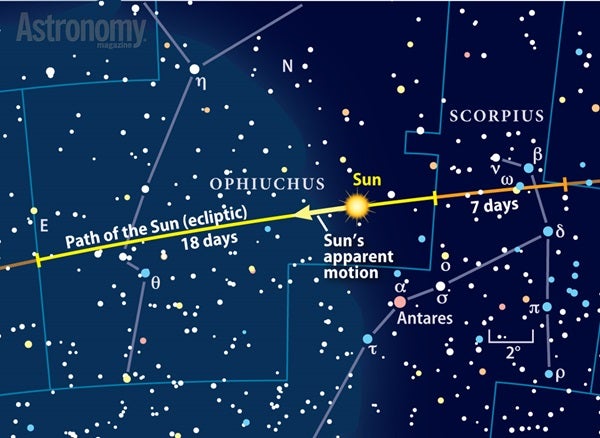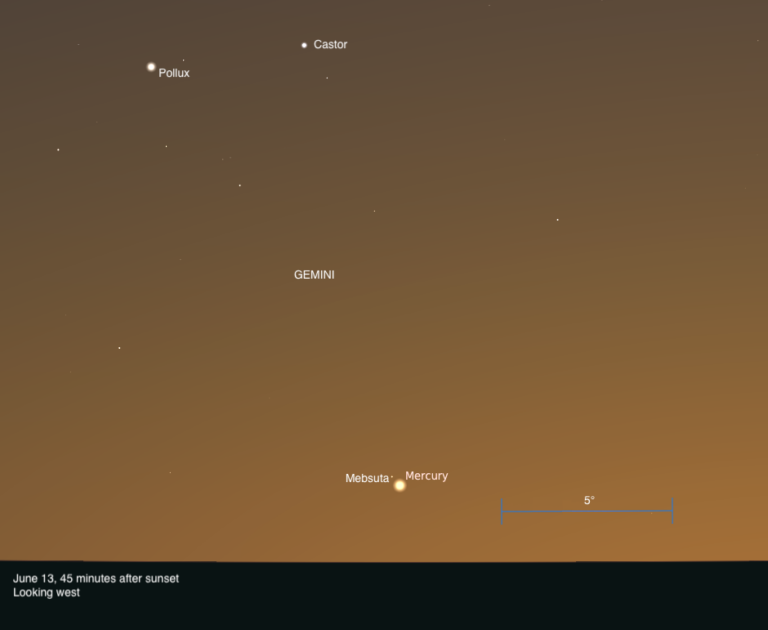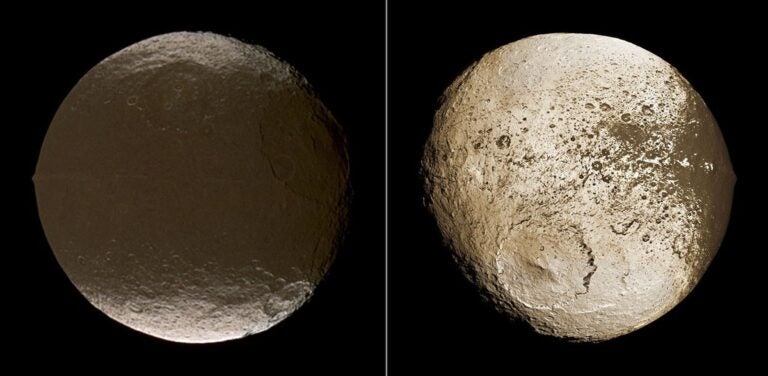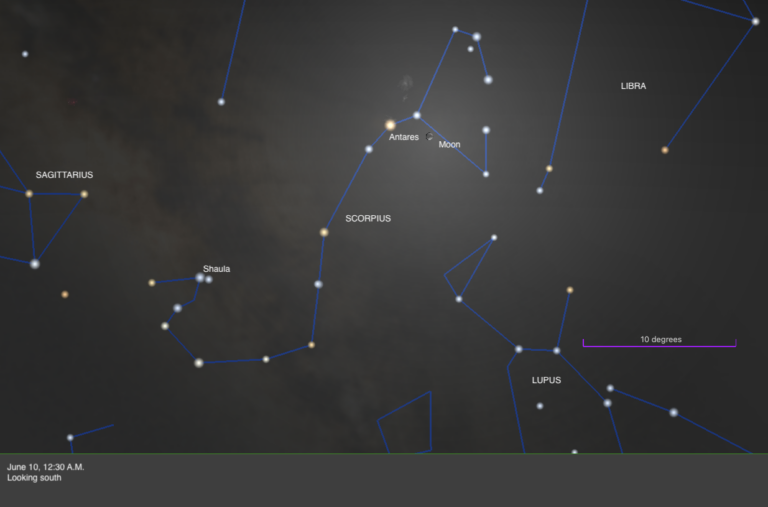Ptolemy’s model
The second-century a.d. Greek-born Egyptian astronomer Claudius Ptolemy — creator of the geocentric model of the universe and author of Almagest (the most influential work on astronomy for more than 1,500 years) — also wrote Tetrabiblos (c. 150), the most popular astrological treatise of antiquity.
Ptolemy instituted the system of tropical astrology, one of two types. The other, sidereal astrology, divides the zodiac into 12 signs based on star positions. Tropical astrology blossomed from more ancient beliefs dating to the sixth century b.c. in Babylon (where the concept of the zodiac originated).
It ignores the stars and uses the March equinox as its starting point for the divisions. Most Western astrologers still base their predictions on Ptolemy’s tropical system.
Signs
Ptolemy’s system divided the ecliptic into seasonal signs — each a 30° segment structured around four celestial points: the March equinox, the June solstice, the September equinox, and the December solstice. Each season has a beginning, middle, and an end, so there are 12 zodiacal signs.
“Although there is no natural beginning of the zodiac, since it is a circle,” Ptolemy wrote in Tetrabiblos, “they assume that the sign which begins with the vernal equinox, that of Aries, is the starting-point of them all.”
While Ptolemy made Aries the first zodiacal sign (because that’s where the vernal equinox lay at the time), the star pattern was inconsequential to his astrology. Signs were just a way to meter out the seasons.Ptolemy was well aware of precession because he’d noted changes between earlier star charts and his observations. His astrology, however, was not affected by it.
Remove the stars from the sky, and call the first astrological sign “Alpha,” and Ptolemy’s tropical system around a seasonal zodiac still works. The first sign will always be the initial 30° slice of zodiac measured from the vernal equinox (whatever constellation that point appears against).
A 13th sign?
Ptolemy also knew about Ophiuchus. In fact, he included the constellation as one of the original 48 in his authoritative list. Alas, since Ptolemy’s tropical system did not incorporate the fixed stars into his astrology, he didn’t make Ophiuchus a member of the zodiac.
End of story? No, because some Western astrologers and most Eastern ones use a non-standard system based on the sidereal zodiac, which does consider positions of the constellations and fixed stars. Even then, Ophiuchus is not part of the system even though the Sun, the Moon, and planets pass through it. One argument is that, as with tropical astrology, sidereal signs span 30° and evenly divide into 12 zodiacal constellations.
The problem is that a tiny fraction of sidereal astrologers define their signs by the actual width of individual constellations. These astrologers (minority as they are) do recognize Ophiuchus as a 13th sign.
This issue has caused intense debate among astrologers. But there’s no need to get involved. That is unless you were born under the sign of Ophiuchus (November 30 to December 17). According to some astrologers, you may “need to be involved in professional situations in which things are always changing and new advances are always coming along.”
The choice, as always, is yours. Send me your astronomical thoughts at sjomeara31@gmail.com.










